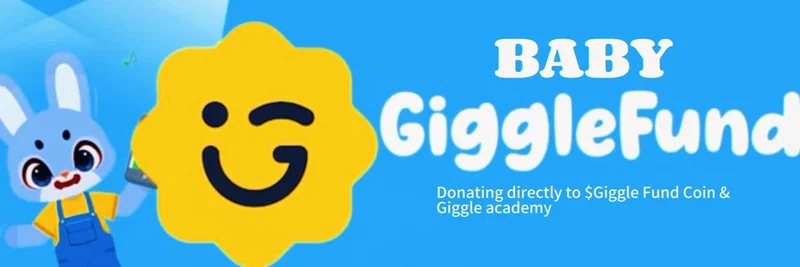In the fast-paced world of cryptocurrency, debates rage on about the direction of blockchain technology. Recently, a tweet from Omid Malekan sparked a conversation that's got everyone talking: do we really need more Layer 1 (L1) blockchains, especially ones dedicated to stablecoins? For those new to the term, an L1 blockchain is the base layer of a network, like Ethereum or Solana, where all the core transactions happen without relying on another chain.
Malekan's post was a plea for restraint: "For the love of god and Satoshi, we don’t need any more L1s! And we really don’t need L1s for stablecoins." He argued that these specialized chains would lack diversity in assets, leading to no real DeFi (Decentralized Finance) activity, limited interoperability, and low value for their native tokens. Stablecoins, if you're wondering, are cryptocurrencies designed to maintain a stable value, often pegged to the US dollar, making them essential for trading without the volatility of assets like Bitcoin.
This comes amid announcements from major players like Circle (with Arc), Tether (via Plasma), and Stripe (with Tempo) launching their own stablecoin-focused L1s. It's a trend that's raising eyebrows, as it could fragment the ecosystem further.
But Haseeb Qureshi, managing partner at Dragonfly Capital, pushed back with a refreshing take. In his response tweet, he said, "Wrong reaction. Companies can do what they want. It's their own money they're spending. If they can get distribution on their own L1s, great. It brings more people on-chain, and everyone (including us) will learn more about what works and what doesn't."
Haseeb's point is spot on—innovation thrives on experimentation. Instead of gatekeeping, the crypto community should focus on making existing chains irresistible. "It's not on companies to use our chains, it's on us to make chains so good that companies want to use them," he added. This mindset shifts the responsibility back to builders and developers to up their game.
Now, how does this tie into meme tokens? Meme coins, those fun, community-driven tokens often inspired by internet culture, live and die by liquidity, accessibility, and hype. They're hugely popular on chains like Solana for its speed and low fees, or Ethereum for its established DeFi ecosystem. New stablecoin L1s could introduce fresh venues for meme token launches, potentially attracting users with seamless stablecoin integrations for trading.
On the flip side, more L1s mean more fragmentation. Liquidity could get split, making it harder for meme tokens to gain traction across the board. Bridges between chains are often clunky and risky, which might deter casual traders—the lifeblood of meme coin communities. If these stablecoin chains prioritize institutional TVL (Total Value Locked) over builder onboarding, as some critics have pointed out, they might not foster the vibrant, grassroots environments where memes thrive.
Yet, Haseeb's optimism suggests a silver lining. By bringing more people on-chain through corporate-backed chains, we could see an influx of users discovering meme tokens. Imagine a Stripe-integrated chain where users seamlessly swap fiat for stablecoins and then dive into meme trading. It could lower barriers and expand the pie for everyone.
Replies to Haseeb's tweet echo this divide. Some, like Illia Polosukhin from NEAR Protocol, envision AI abstracting away chain differences, making multiplicity irrelevant. Others worry about value extraction over creation. One user quipped, "for an industry that supposedly values freedom, many sure like to tell others what to do with their own money."
At the end of the day, this debate highlights crypto's core strength: permissionless innovation. For meme token enthusiasts, it's a reminder to stay agile. Whether you're farming yields on Solana memes or hunting the next big thing on Base, keep an eye on these new L1s—they might just be the launchpad for the next viral token.
As blockchain practitioners, let's heed Haseeb's advice: build better, learn from experiments, and welcome the chaos that drives progress. Who knows? The next meme token moonshot might emerge from one of these "unnecessary" chains.


